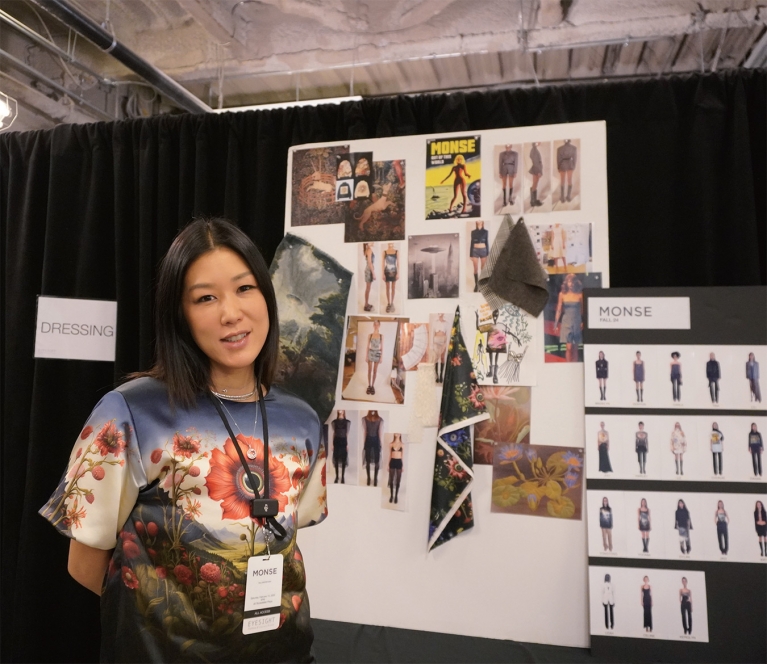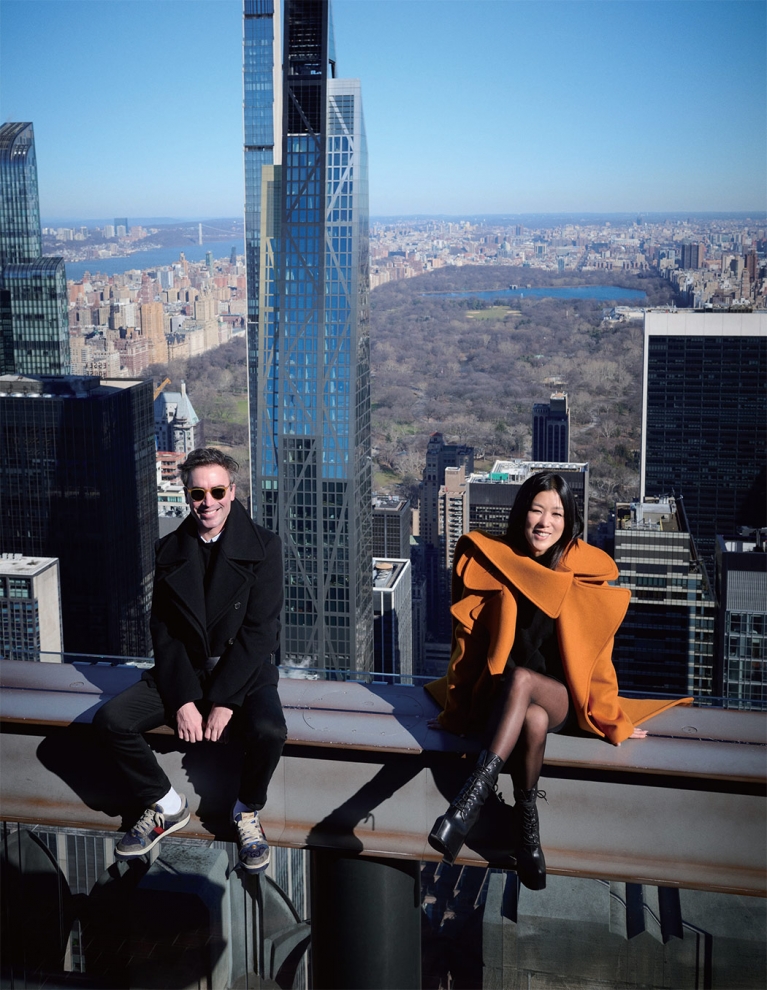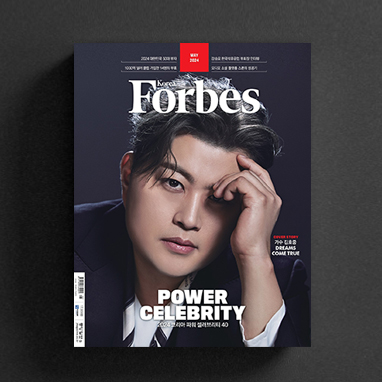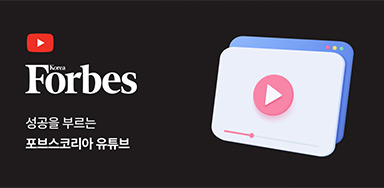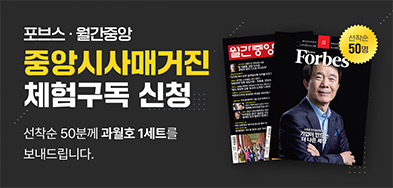|
“Even though I went to ‘Hagwon (학원, private educational institute)’, they let me have time to be creative at home,” said Kim. “I joke that my parents did not expect anything from me. They were just happy for me to be who I was. It gave me the freedom to do whatever I wanted to do. Now I apply that creativity at work, designing the fashion of tomorrow and even at home, designing elaborate meals and desserts.”Kim went all-in on her love for fashion, leveraging her talent at Pratt Institute and interning at TSE Cashmere and Donna Karan before working at Oscar de la Renta, a top global couturier who famously dressed Jacqueline Kennedy in the 1960s, and many other celebrities. This experience allowed her to hone her craft and learn invaluable leadership advice.“I think it’s important you work for someone and learn before you go on your own. You have to put in your time to get the work done,” said Kim. “He (de la Renta) taught me to love life, appreciate the details, be kind to others, and not take things too seriously. Oscar was so patient. He taught me many things that I didn’t even realize he was teaching me until I was in his position.”
For instance, she recalls how he taught her the value of truly understanding and empowering your team when she was first not chosen to take his place in the company. Kim felt disappointed and asked him why he made that decision. He shared an insight that only a thoughtful and attentive leader could - that she didn’t enjoy the community engagement part of her job, nudging her to get out of her comfort zone. As an introvert, she preferred to stay late in the studio over networking. Still, this feedback helped her understand how important relationship-building is in a creative director's role that oversees clients, fans, and community relationships. Kim figured out how to embrace that part of her job for herself and ultimately got offered the position, but only after starting her brand.She partnered with Fernando Garcia, her friend from Oscar de la Renta, to launch MONSE, a brand inspired by her Korean roots that is now receiving global endorsements from celebrities like Sarah Jessica Parker and Black Pink.Just when they thought they were going independent, they were offered roles as co-creative directors of Oscar de la Renta. Instead of giving up on MONSE, they decided to lead simultaneously and have continued to do so successfully today. When I ask how she oversees two distinctively different brands and with a creative partner, she shares the secret: how you build the team and let them thrive.
“I like to find out what everyone’s good at and let them do that. Then, I can fill in the gaps. If you force, especially creative people, to do something they’re not good at, then you might as well not have that person there,” said Kim. “The best way to lead is for the team to operate perfectly without me. My goal every day is to ensure there is growth in my team and that they’re having fun!”She also emphasized the importance of thinking like the customer, embracing the DNA of Oscar de la Renta but balancing with the two distinct audiences of the brands. Using this framework, she prioritizes expanding the identities of her two brands to be more approachable and relatable in new markets and demographics. Throughout her journey, she hasn’t forgotten about her humble beginnings as she continues her transformation, serving as a mentor for young fashion designers. It makes her look back at how all her mentors gave her a chance at the beginning, too.I hope Laura Kim’s journey in fashion inspires readers to accomplish what they want to achieve if they dedicate themselves, diligence, patience, and sincerity to excellence. Transcribed are segments of the conversations from meetings with Laura Kim in New York.
|
Monica: You shared that in building a strong team, it’s important to tap into the team's strengths and personal interests so that they love what they do. But as a leader, how do you know your team’s strengths? They may simply say they do something well to impress you.Laura: I noticed a lot of people are bad listeners. If you listen to what people say and do, you will see the gaps. So, rather than relying on who people tell me they are, I try to observe and notice for myself. People also may not know how to tell others who they are and what they want to do. I don’t have a good answer if someone asked me that question. I appreciate when other people pick up on things I didn’t know about myself. And some people have no idea who is below them. When I see my designer's face in the office, I can tell if something is off. I also should be familiar with the business to know why they would feel worried. I think it’s because I did their job from the bottom up.Monica: Were there moments when you felt stuck even though you loved your job? What do you do to get unstuck?Laura: After working for Oscar for thirteen years, he got very sick with cancer and needed someone to take on the role after him. But he didn’t choose me. I asked him why, and he told me he wasn’t worried for me, but that I didn’t like the press or going out for the job. So I changed. Oscar made me understand that I needed to be interested in other things outside of creating design in the studio.
Monica: How do you manage your time?Laura: I’m a fast decision-maker. If I wonder, I ask who I look up to to give me the answer. I might not listen to them sometimes, but it gives me a quick perspective. I just want to get things done fast. I go back and see what has to improve, but I hate wasting time. I hate wasting other people’s time. To me, it’s the company’s money and energy.Monica: How do you find your voice when you work under a legacy brand like Oscar de la Renta? I envision it wasn’t easy balancing the legacy brand and your voice at the same time.Laura: For Oscar, they have strong DNA, and I love that DNA. So, instead of going against the DNA, which many creative directors may do, I embraced it. I focused on asking, ‘What would Laura wear from Oscar?’ And I thought, from my customer perspective. My vision for Oscar came from me as a woman and what I would want to wear from this brand. Luckily, it’s a DNA I love, so it wasn’t hard for me to balance.Monica: What about for MONSE?Laura: For MONSE, I looked back at Korea a lot. I wasn’t trying to make it look Korean, but many people noticed how the brand felt: half Korean and half American. I guess I can’t help it. I do love Korean drama and culture and am influenced by it.
Monica: What skills do you think young designers should hone to thrive in fashion?Laura: Always be curious about everything. Be open-minded. Oscar is an example. He went out every night, sometimes until one a.m., but every night he went out, he would come back in the morning and say, ‘Laura, I saw someone wearing this.’ He was constantly pivoting his vision, which kept him relevant.Monica H. Kang, Founder and CEO of InnovatorsBox and Author of Rethink Creativity, is a leadership coach transforming today’s workforce with innovation. She helps companies worldwide rethink culture, leadership, and team development by making creativity practical and relatable regardless of industry or job title. Before InnovatorsBox, Monica was a nuclear nonproliferation policy expert. She holds an M.A. from SAIS Johns Hopkins University in Strategic Studies and International Economics and a B.A. from Boston University.


